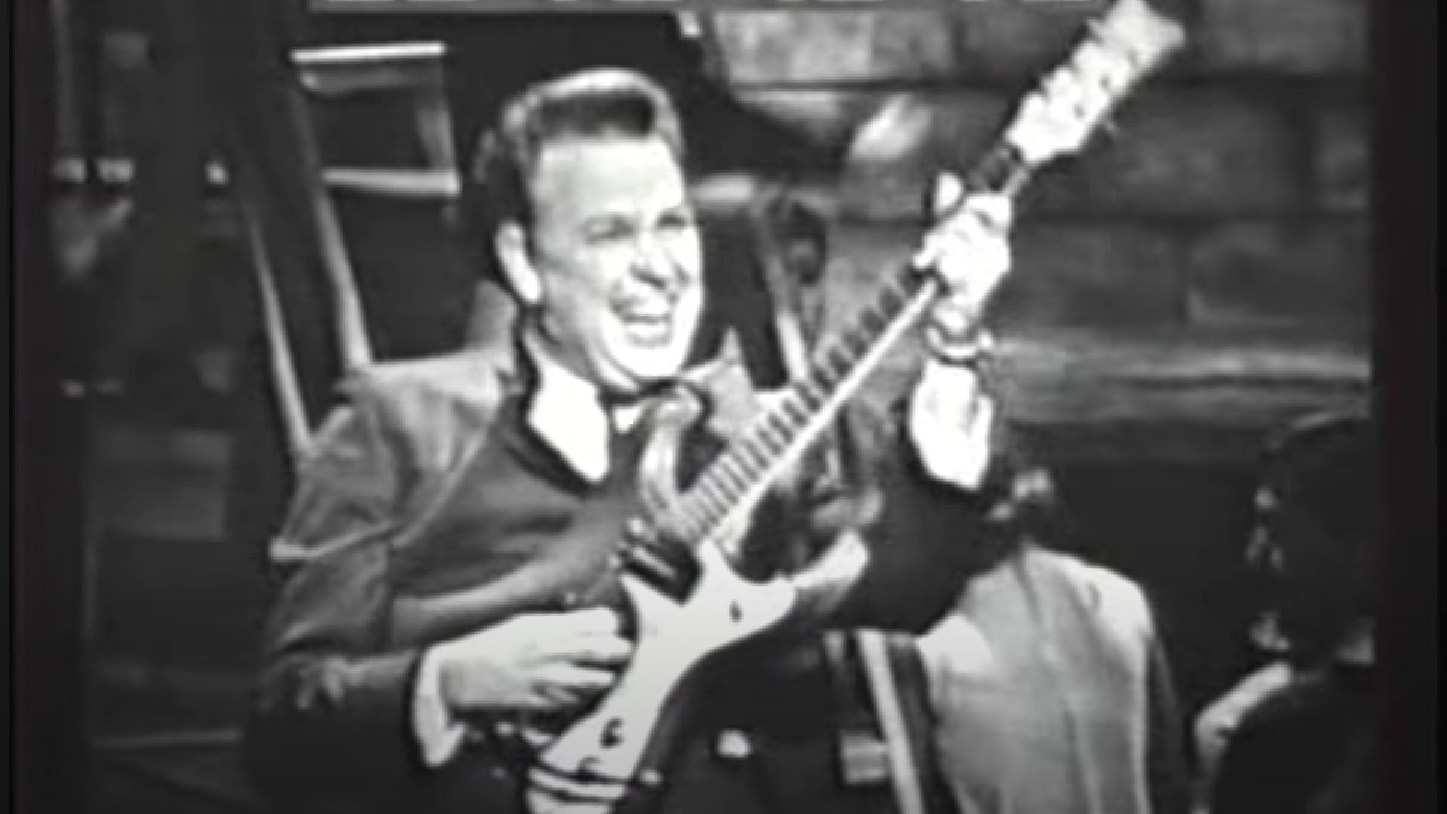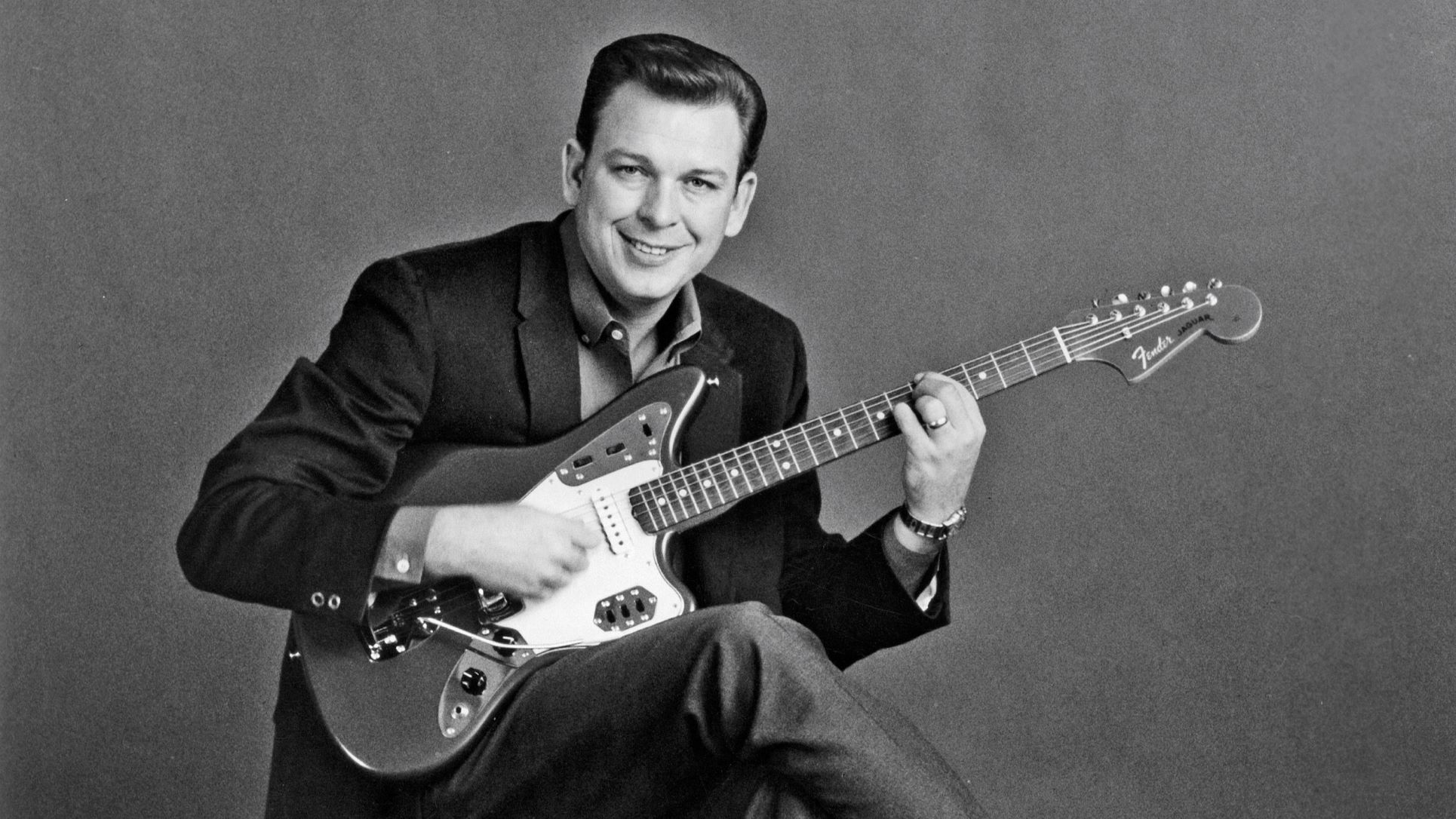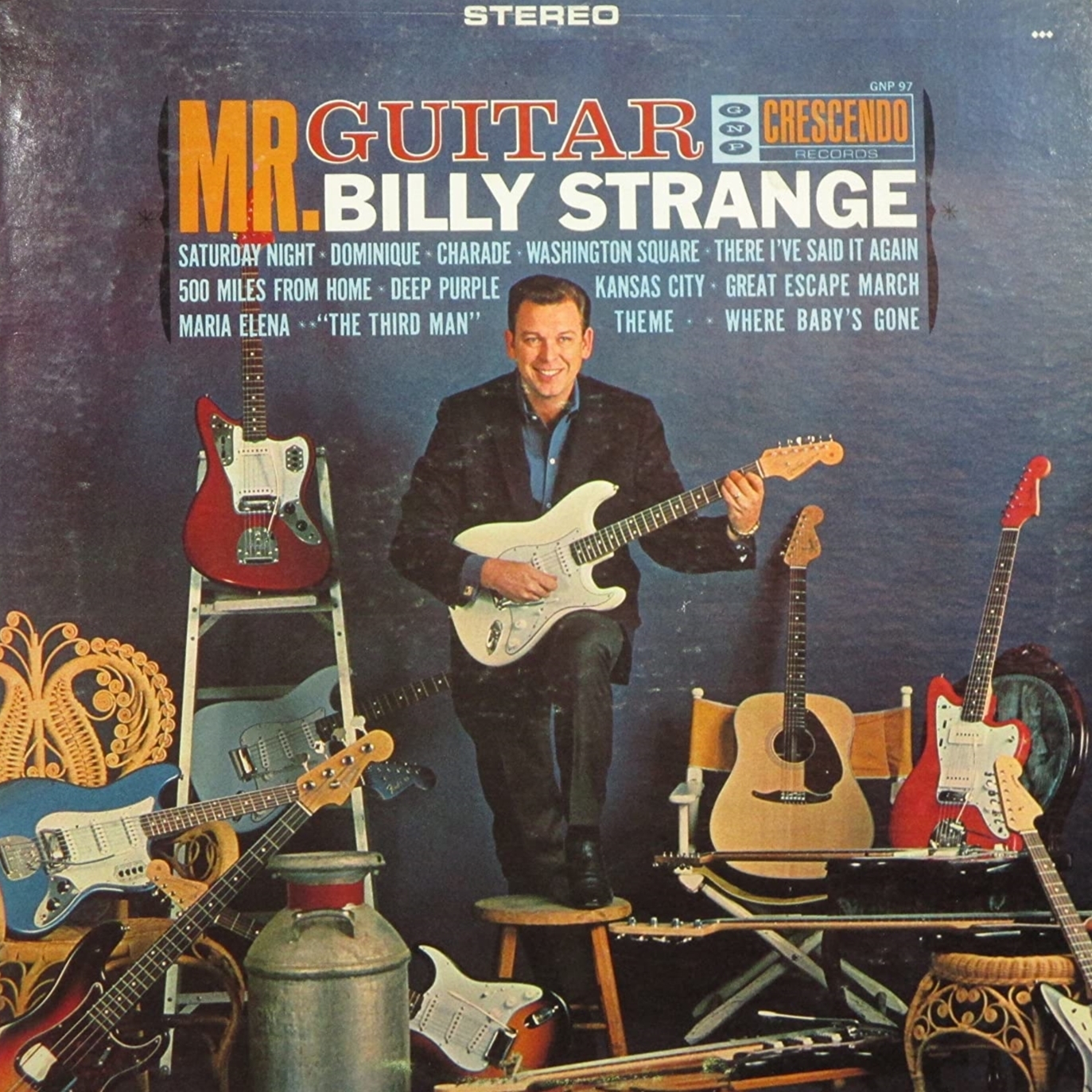Watch Mosrite-Wielding Wrecking Crew Guitarist Billy Strange Perform the Rolling Stones’ "(I Can't Get No) Satisfaction"
Remembering the phenomenal talents of “Mr. Guitar” ten years on from his passing.

Ten years ago, on this day, legendary session guitarist, singer, songwriter and arranger Billy Strange passed away at the age of 81.
The Wrecking Crew member may not be a household name, but he is the talent behind countless songs hummed, whistled and sung in households across the country since the 1950s.
His list of credits reads like a who’s who of rock ‘n’ roll and includes the likes of Elvis Presley, The Everly Brothers and Ricky Nelson.
Of course, us guitar players are more likely to be aware of the session guitarist's masterful touches to such universally loved hit records as The Beach Boys’ “Sloop John B,” to which he added electric 12-string. Or perhaps the haunting, tremolo-drenched Gibson ES-335 accompaniment on Nancy Sinatra’s “Bang Bang (My Baby Shot Me Down).”

From vocal accompaniments to large orchestras, Strange did it all.
“I have played every kind of music in the world,” he once told an interviewer. “I played rock ‘n’ roll, did all the surf records, played with big orchestras...
“They needed somebody in a small group that knew what the hell they were doing in a studio, you know, and that was me.”
All the latest guitar news, interviews, lessons, reviews, deals and more, direct to your inbox!
As well as lending his talents to other artists, Strange released a ton of material under his own name, beginning in the early ‘50s with numerous Capitol Records singles.
Among his catalog of guitar-centric albums from the ‘60s and ‘70s are several James Bond-themed releases as well as a number of notable collaborations that some readers may wish to explore.

Strange is credited as being one of the earliest proponents of the fuzz sound, as heard on Bob B. Soxx & the Blue Jeans top ten single "Zip-a-Dee-Doo-Dah."
According to Strange, the track’s fuzzed out electric guitar tone was achieved “by pulling two 6L6 tubes out of my amp."
Speaking of the 1962 recording session he goes on to say, “I remember that very well. [Phil] Spector was looking for a new sound and, boy, it fuzzed up.”
That same year, the world’s first fuzz pedal – the Maestro FZ-1 Fuzz-Tone – was released. Similarly, the genesis of this sound lies in malfunctioning electronic musical equipment (a faulty recording console in the case of the Maestro pedal.)
Slow to catch on at first, the fuzz sound exploded in popularity following the Rolling Stones’ 1965 hit "(I Can't Get No) Satisfaction."
And in this entertaining clip from the mid-‘60s music variety television show Hollywood a Go-Go, Strange performs a rendition of the Rolling Stones classic which is featured as the opening track from his 1965 album Billy Strange Plays the Hits!
Rod Brakes is a music journalist with an expertise in guitars. Having spent many years at the coalface as a guitar dealer and tech, Rod's more recent work as a writer covering artists, industry pros and gear includes contributions for leading publications and websites such as Guitarist, Total Guitar, Guitar World, Guitar Player and MusicRadar in addition to specialist music books, blogs and social media. He is also a lifelong musician.

